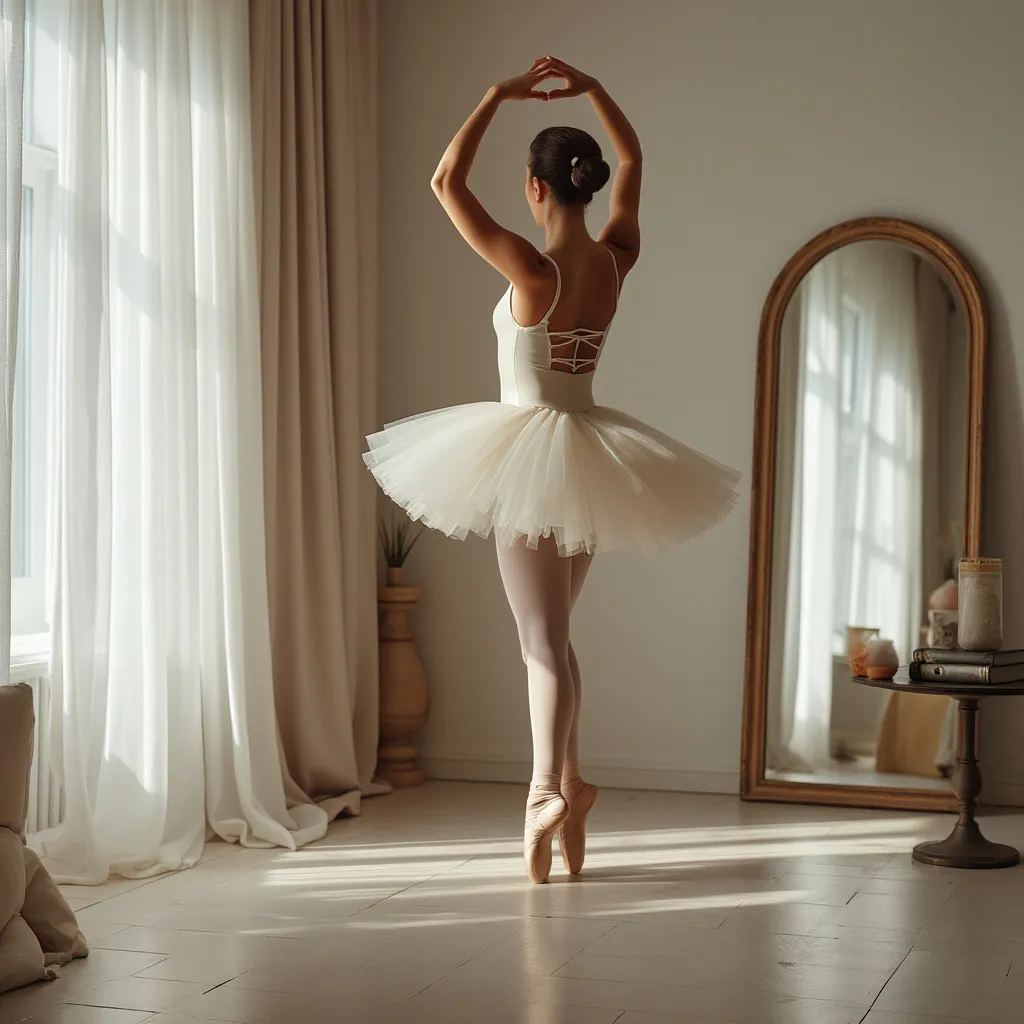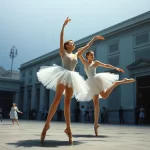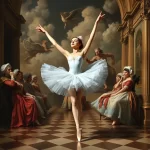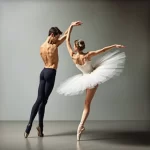Ballet and Class: From Aristocratic Entertainment to Popular Culture

Introduction
Ballet, a highly technical form of dance with its roots in the Italian Renaissance courts of the 15th century, has undergone a remarkable transformation over the centuries. Initially an exclusive entertainment for the aristocracy, ballet has evolved into a popular cultural phenomenon accessible to people from all walks of life. This article explores the journey of ballet from its aristocratic origins to its current status as a beloved art form enjoyed by millions worldwide.
The Aristocratic Origins of Ballet
The Birth of Ballet in the Italian Renaissance
Ballet originated in the Italian Renaissance courts during the 15th century. It began as a form of court entertainment, combining dance, music, and poetry to celebrate important events such as weddings and political alliances. The term “ballet” itself is derived from the Italian word “ballare,” meaning “to dance.”
French Influence and the Court of Louis XIV
The art form gained significant prominence in France during the reign of King Louis XIV, who was an avid patron of the arts. Louis XIV established the Académie Royale de Danse in 1661, which played a crucial role in formalizing ballet techniques and codifying its movements. The king himself performed in many ballets, further elevating the status of the art form within the aristocracy.
Ballet as a Symbol of Power and Prestige
During this period, ballet was not just a form of entertainment but also a symbol of power and prestige. The elaborate productions, often featuring mythological themes and grandiose sets, were designed to showcase the wealth and cultural sophistication of the aristocracy. Participation in ballet was a privilege reserved for the elite, and the art form was closely associated with the opulence of the royal courts.
The Evolution of Ballet in the 18th and 19th Centuries
The Rise of Professional Ballet Companies
As ballet continued to evolve, the 18th century saw the establishment of professional ballet companies. These companies, such as the Paris Opera Ballet, began to perform for a broader audience, including the emerging middle class. The development of professional ballet companies marked a significant shift in the accessibility of the art form, making it more widely available to the public.
The Romantic Era and the Popularization of Ballet
The 19th century, known as the Romantic Era, was a pivotal period in the history of ballet. This era saw the emergence of iconic ballets such as “Giselle” and “La Sylphide,” which introduced themes of fantasy, emotion, and the supernatural. The Romantic Era also brought about innovations in ballet technique, including the use of pointe shoes, which allowed dancers to perform on the tips of their toes, creating an ethereal and otherworldly effect.
Ballet in Russia: The Golden Age
Russia played a crucial role in the development of ballet during the late 19th and early 20th centuries. The establishment of the Imperial Ballet School in St. Petersburg and the contributions of choreographers such as Marius Petipa led to the creation of some of the most famous ballets in history, including “Swan Lake,” “The Sleeping Beauty,” and “The Nutcracker.” These productions further popularized ballet and solidified its status as a beloved art form.
Ballet in the 20th Century: From Elite to Popular Culture
The Ballets Russes and Modern Ballet
The early 20th century saw the emergence of the Ballets Russes, a groundbreaking ballet company founded by Sergei Diaghilev. The Ballets Russes revolutionized ballet by incorporating modernist elements and collaborating with contemporary artists, composers, and designers. This period marked a departure from the traditional, classical ballet and introduced new, innovative styles that appealed to a broader audience.
Ballet in America: A Cultural Phenomenon
Ballet’s popularity continued to grow in the United States during the mid-20th century. The establishment of companies such as the New York City Ballet and the American Ballet Theatre brought ballet to the forefront of American culture. Choreographers like George Balanchine and Jerome Robbins created works that resonated with contemporary audiences, further cementing ballet’s place in popular culture.
Television and Film: Bringing Ballet to the Masses
The advent of television and film played a significant role in making ballet more accessible to the general public. Iconic performances were broadcast to millions of viewers, and ballet-themed movies such as “The Red Shoes” and “Black Swan” captivated audiences worldwide. These mediums allowed people who might never have attended a live performance to experience the beauty and artistry of ballet.
Ballet Today: A Global and Inclusive Art Form
Diversity and Inclusion in Ballet
In recent years, the ballet world has made significant strides toward diversity and inclusion. Companies are increasingly casting dancers from diverse backgrounds, and choreographers are creating works that reflect a wide range of cultural influences. Initiatives such as Project Plié by the American Ballet Theatre aim to increase diversity within the ballet community, making the art form more inclusive and representative of society as a whole.
Ballet Education and Community Outreach
Ballet education has also become more accessible, with schools and community programs offering classes to students of all ages and backgrounds. Many ballet companies engage in outreach efforts to bring dance to underserved communities, providing opportunities for young people to experience and participate in ballet. These initiatives help to break down barriers and make ballet a more inclusive and accessible art form.
The Future of Ballet: Innovation and Tradition
As ballet continues to evolve, it remains a dynamic and ever-changing art form. Choreographers are pushing the boundaries of traditional ballet, incorporating contemporary dance styles and exploring new themes and narratives. At the same time, the classical repertoire continues to be celebrated and performed, ensuring that the rich history and tradition of ballet are preserved for future generations.
FAQ
What is the origin of ballet?
Ballet originated in the Italian Renaissance courts during the 15th century as a form of court entertainment. It combined dance, music, and poetry to celebrate important events and was later formalized in France under King Louis XIV.
How did ballet become popular among the general public?
Ballet became more accessible to the general public through the establishment of professional ballet companies in the 18th century, the popularization of Romantic ballets in the 19th century, and the influence of the Ballets Russes in the early 20th century. The advent of television and film further brought ballet to a wider audience.
What role did Russia play in the development of ballet?
Russia played a crucial role in the development of ballet during the late 19th and early 20th centuries. The Imperial Ballet School in St. Petersburg and choreographers like Marius Petipa contributed to the creation of iconic ballets such as “Swan Lake,” “The Sleeping Beauty,” and “The Nutcracker.”
How has ballet evolved in recent years?
In recent years, ballet has become more diverse and inclusive, with companies casting dancers from various backgrounds and choreographers incorporating contemporary styles and cultural influences. Ballet education and community outreach programs have also made the art form more accessible to people of all ages and backgrounds.
What is the future of ballet?
The future of ballet lies in a balance between innovation and tradition. Choreographers are exploring new themes and styles, while the classical repertoire continues to be celebrated. Efforts toward diversity and inclusion will also shape the future of ballet, making it a more representative and accessible art form.
Conclusion
Ballet’s journey from aristocratic entertainment to popular culture is a testament to its enduring appeal and adaptability. What began as an exclusive art form for the elite has evolved into a beloved cultural phenomenon enjoyed by people from all walks of life. As ballet continues to innovate and embrace diversity, it remains a dynamic and inclusive art form that will undoubtedly captivate audiences for generations to come.




